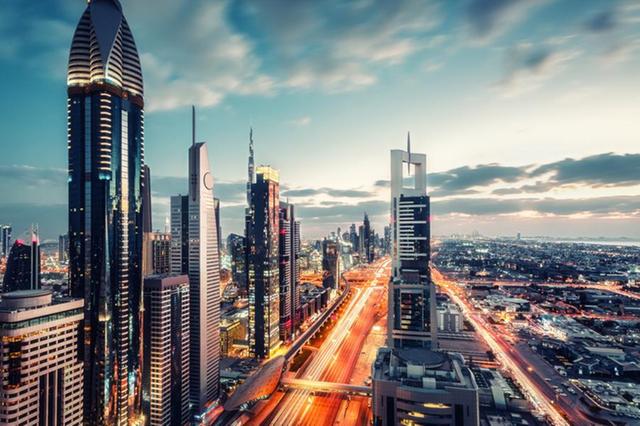Growth in construction output continued to accelerate in the MEA region in the first quarter 2022, in the face of pressures on material costs and labour, according to the latest quarterly Market Intelligence Update for the region from JLL.
“Last year, global construction output rose by 4.1%, driven by economic uncertainty stemming from the COVID-19 pandemic. In the MEA region, this trend has continued into 2022, driven by government vision programmes and a busy projects market, with the forecast 2022 tender price indices for KSA and the UAE at 6-8% and 4-6% respectively,” said Gary Tracey, Head of Cost Management, Project & Development Services, MEA
This increased construction momentum is in spite of the convergence of a number of economic factors in the first quarter of this year, which put inflationary pressure on material prices. These factors included rising oil and metal prices, exacerbated by geo-political tensions, alongside growing demand for – and shortages of – some materials.
In 2021, the average OPEC oil price was $70/barrel. In the first quarter of 2022, this jumped to $98/barrel. Emirates NBD Research has forecast an average price of $112/barrel over 2022, pricing in on-going geo-political tensions and the possibility of shortages and physical disruption of supplies.
Higher oil prices have a direct impact on construction material prices, due to the increased cost of production, manufacturing and transportation. Over Q1 2022, to give just one regional example, the supply price of steel rebar increased in the UAE, Egypt and KSA by 27%, 17% and 9% respectively. Meanwhile, regional demand for steel is forecast to increase by 4.9% in 2022, to 50.5 million tonnes. With growth in steel demand anticipated to outstrip growth in production around the world this year, this upward trend in the price of steel looks set to continue.
The supply price of other key construction materials, including copper, aluminium, iron ore and plastic used in PVC tubing, all also increased around the world over the first quarter of the year. For materials where availability and supply remain limited on an on-going basis, this may drive adoption of alternative construction solutions, an interesting side effect of the current demand and supply situation that we will continue to monitor.
Of the key markets in the region, Egypt is likely to be more susceptible to increasing material prices, due to the requirement from Egypt’s Central Bank for letters of credit to be issued for the import of goods, as well as the devaluation of the Egyptian pound. Future quarterly updates will also track the TPI level for Egypt in order to better quantify this.

